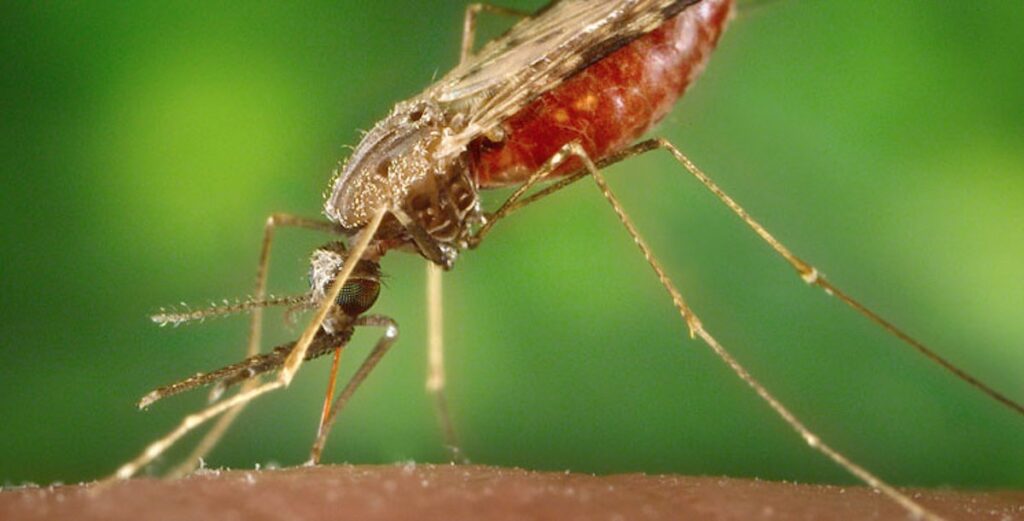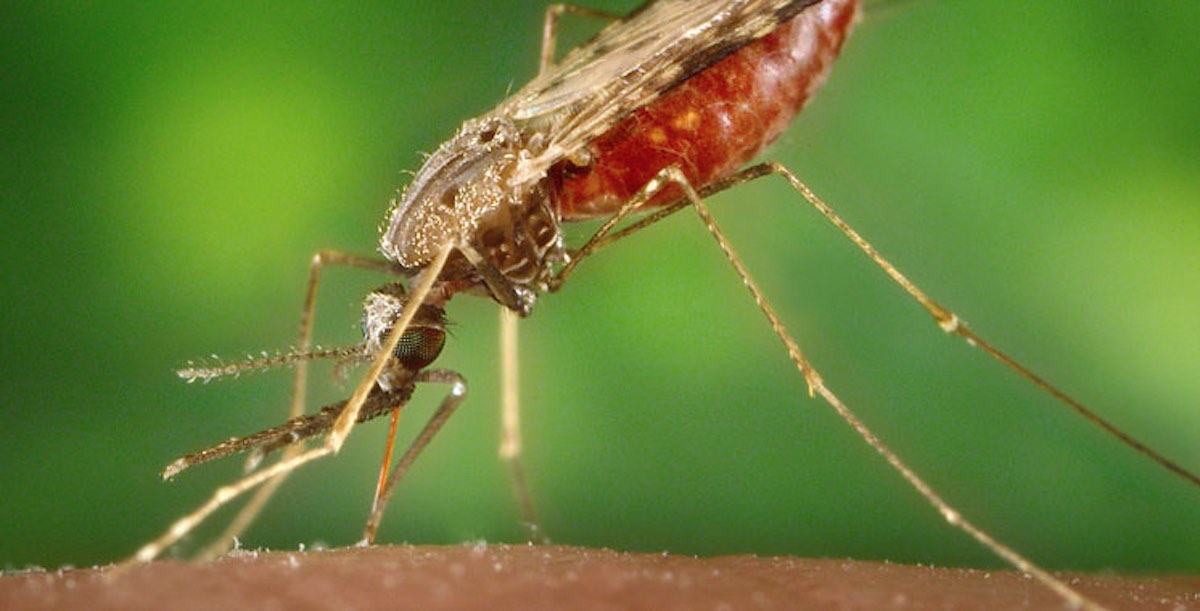
One of the most studied insect repellents in history, DEET has long been the first line of defense against mosquitoes for campers and field scientists alike.
Now however, a combination of plant compounds has proved more effective for longer, and less irritative than commerical alternatives like DEET or picaridan.
On its own, neither DEET, nor the second-most used mosquito repellent picaridan, provides all the desired effects: namely a high degree of protection at a low dose, a negligable degree of toxicity or immuno-sensitivity, a negligable or faint odor, and the ability to provide continous protection even when wet.
Italian scientists lead by Francesca Dani at the Univ. of Firenze started with a group of terpenoids—the second-largest family of plant metabolites, and the compounds that give many plants their unique health benefits, as well as their perfumes.
“Since most naturally occurring terpenoids endowed with an insect repellent activity show a short protection time against hematophagous insects, mainly because of their volatility, we hypothesized that derivatives of two well-known terpenoid repellents, menthone and citronellal, with lower volatility would have a longer protection time,” the authors wrote.
All formulas were tested against the Asian tiger mosquito A. albopictus, which is prevalent in the US and spreads dog heartworm, encephalitis, and denque fever.
Converting these terpenoids into groups of cyclic acetals and hydroxyacetals created a repellent that was as effective as DEET but without the unpleasent odor and short span of protection. In fact, their terpenoid-based repellent lasted 8 full hours, 6 more on than DEET-based repellents.
Picaridan, which also lasts about 8 hours, is sometimes known to cause immune reactions when applied directly onto skin. The two hydroxyacetals that were used were found to be less likely to cause immune reactions or to penetrate cell layers than picaridan.
MORE LIKE THIS: Science Shows What Actually Repels and Doesn’t Repel Mosquitoes: DEET, Citronella, Blood Type Myths Busted
The team also found that their cyclic acetals and hydroxyacetals could be synthesized from a variety of carbonyls—a huge family of organic compounds which includes carboxylic acid—one of the base components to dozens of different health and food products, including coconut oils, vinegar, palm kernal oil, valerian herbs, milk fat, chocolate, citric acid, and nutmeg, meaning that the cost to produce an insect repellent of this kind is as low as many household staples.
SHARE This Good Chemistry With Your Friends Who Hate Mozzys…





















So where can we buy it?